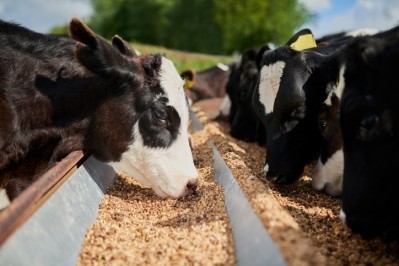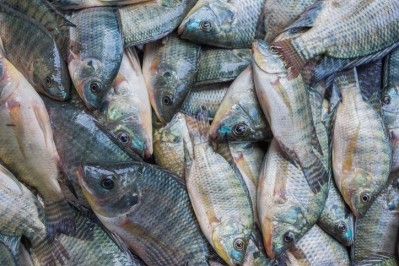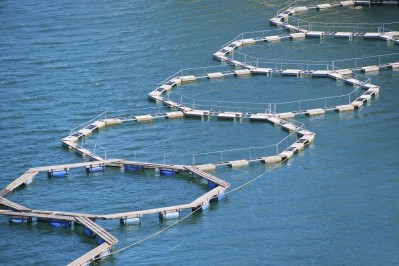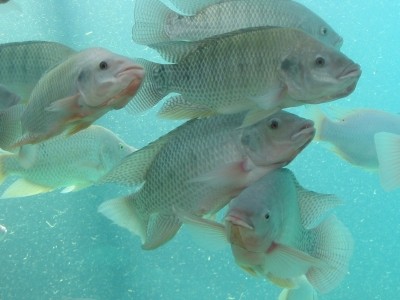Researchers find ideal histidine levels to boost tilapia growth
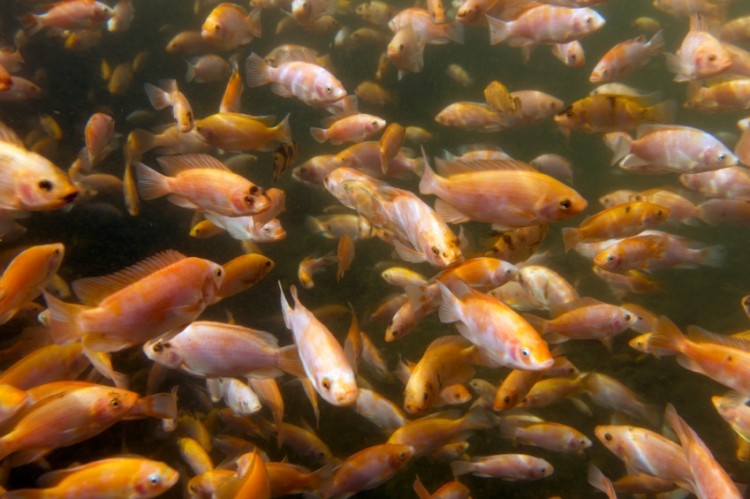
A team of researchers from Brazil said they evaluated dietary levels of the limiting amino acid, histidine, in six aquaculture feeds for farm-raised tilapia because information on essential amino acid requirements of that fish species is lacking.
The group published their work in the journal Aquaculture.
“There is a lack of consistent data on essential amino acid requirements considering different growth stages of fish and using new technologies as tools to understand the complex mechanisms involved in fish growth. This information is needed to more accurately formulate well balanced diets,” the researchers said. “The purpose of this experiment was to determine the dietary histidine requirement of juvenile Nile tilapia based on growth performance, muscle development, expression of muscle-growth-related genes and hematological responses.”
The group found that adding 8.9g of histidine kg-1 to the diet improved final weight, weight gain (WG), the feed conversion ratio (FCR), the protein efficiency ratio, net protein uses and active hypertrophic growth for tilapia, but fish fed larger amounts of the amino acid had more expression of MyoD.
“Based on second-order regression analysis, the dietary histidine requirement for maximum WG of Nile tilapia juveniles was estimated to be 8.2 g kg− 1, corresponding to 3.1% of crude protein,” reported the authors.
Why histidine?
Fish nutrition research has started relying on gene expression to understand genomic responses, said the research team.
But gene expression related to histidine supplementation in the diets of Nile tilapia has not been established, they added.
The study was designed to better understand the role dietary histidine plays on the expression of genes involved with skeletal muscle growth, they said.
“Histidine is an essential amino acid found in high concentration in hemoglobin protein (Khan and Abidi, 2014), acts as an antioxidant in lens as a key factor to prevent cataracts incidence in fish (Waagbø et al., 2010) and participates in one-carbon unit metabolism, consequently affecting DNA and protein synthesis,” said the authors.
Fish have the ability to develop new muscle fiber as they age, unlike other species, they said. That growth may be altered by nutrition.
“However, the contributions of these processes in muscle growth are controlled by several molecules such as myogenic regulatory factors (MRFs),” said the researchers. “The myogenic regulatory factors - MyoD, Myf5, myogenin and MRF4 are critical for the determination and terminal differentiation of skeletal muscle.”
While MyoD, Myf5, myogenin and MRF4 are involved in the activation or differentiation of cells and may positively influence fish growth, myostatin inhibits those actions, they said.
Understanding the levels of histidine needed for fish development is necessary to produce well-balanced fish feed that supports protein synthesis and muscle development, said the researchers. These levels are known for several farm-raised fish species, but no information is available on these needs for Nile tilapia.
“Improved protein gain is positively related to muscle growth of fish species, however, the regulation of muscle growth by nutrients remains poorly documented,” they said. “Because nutrition plays a key role in muscle development, is important to evaluate and clarify the dietary effects on expression of muscle growth-related genes associated with muscle development.”
Additionally, inadequate nutrition may increase fish stress and susceptibility to disease, they said.
Study details
The 100-day feed trial examined six levels of dietary histidine on 540 juvenile Nile tilapia, said the researchers. Feed intake and water quality were recorded.
The diets included commercially available histidine at levels of 4.2, 5.4, 7.1, 8.9, 9.8 and 11.5g per kg-1 of the dry diet, they said. “Increased l-histidine supplementation was compensated by decreasing equal amounts of l-alanine to obtain isoproteic (265.7 g of crude protein kg− 1) and isoenergetic (17.3 MJ of gross energy kg− 1) diets,” they added.
Fish were evaluated for growth performance, muscle development, expression of muscle growth genes, WG, final body weight (FBW), FCR, survival (SUR), they said. Sample fish were collected for whole body composition, hematological response, skeletal muscle and visceral fat ratio (VFR).
Results
Fish that received the diet with 8.9g per kg-1 of histidine displayed optimized results for FWG, WG, FCR compared to those getting lower amounts of histidine, said the researchers. They also had the best protein efficiency ratio and net protein use.
Increasing levels of histidine altered the frequency of white muscle fibers, they said. Expression of MyoD and myogenin was higher for fish getting 9.8g of histidine kg-1, but myostatin levels were not altered by any feed.
“Comparing the effects of histidine on the frequency of occurrence of fibers among treatments, fish fed 8.9 g of histidine kg− 1 showed lower frequency of occurrence of muscle fibers < 20 μm diameter compared to fish fed 5.4, 9.8 and 11.5 g of histidine kg− 1,” said the researchers. “Similarly, higher frequency of occurrence of muscle fibers > 50 μm diameter was observed in fish fed 7.1 and 8.9 g of histidine kg− 1 compared to fish fed 5.4 g of histidine kg− 1.”
But analysis of the of results indicated slightly less histidine being needed in a production diet, leading to a suggested dietary requirement of 8.2g kg -1, said the researchers.
“Higher CP [crude protein] content of whole-body tissues was observed in fish fed 7.1 and 9.8 g of histidine kg− 1 compared to fish fed 11.5 g of histidine kg− 1,” they concluded. “Fish fed 5.4, 9.8 and 11.5 g of histidine kg− 1 showed lower whole-body ash contents compared to fish fed 4.2 g of histidine kg−1.”
The work was funded by Ajinomoto do Brazil – Animal Nutrition Division and the Conselho Nacional de Pesquisa e Desenvolvimento Científico e Tecnológico.
Source: Aquaculture
Title: Dietary histidine requirement of Nile tilapia juveniles based on growth performance, expression of muscle-growth-related genes and hematological responses
DOI: published online before print: 10.1016/j.aquaculture.2016.06.038
Authors: M. Michelato, M. Zaminhan, W. Boscolo, V. Nogaroto, M. Vicari, R. Artoni, V. Furuya, W. Furuya
